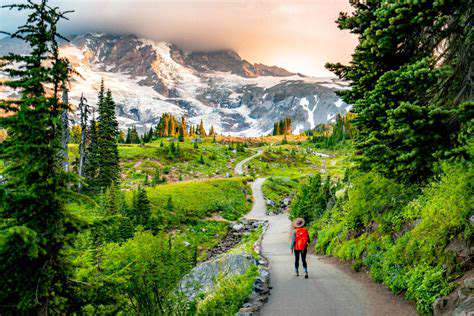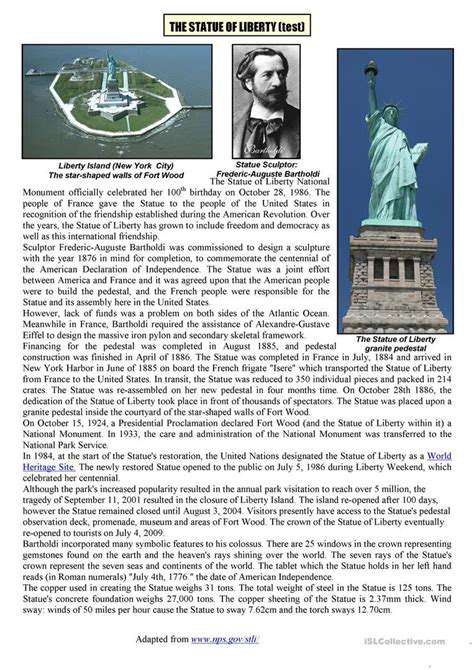Hudson River: Environmental Insights, History & Scenic Exploration
Catalog
- The Hudson River was crucial for early American explorers and traders.
- Key military battles during the Revolutionary War centered around the Hudson River.
- The Hudson River inspired artists and writers throughout American history.
- Environmental initiatives increasingly focus on restoring the Hudson River's ecosystem.
- Pollution from industries and urban areas threatens the river's health.
- Community involvement is essential for Hudson River conservation efforts.
- Diverse flora and fauna thrive in the Hudson River ecosystem.
- Hudson River trails offer scenic exploration of its historical significance.
- Architectural landmarks along the Hudson reflect its rich cultural heritage.
- Conservation programs promote responsible recreation along the Hudson River.
Historical Significance of the Hudson River
Role in Early American Settlement
As a vital waterway for early explorers and settlers, the The Hudson River shaped regional development. Henry Hudson's 1609 expedition opened new trade opportunities, allowing Dutch colonists to establish New Amsterdam at the river's mouth. This strategic positioning directly enabled New York City's rise as a global hub. By the 1700s, barges transported grain, timber, and furs downstream, fueling economic growth across the Northeast.
Pivotal Military Theater
During the Revolutionary War, control of this waterway meant controlling supply lines. The 1777 Saratoga Campaign proved decisive - American forces captured British General Burgoyne's army, securing the river valley. This victory convinced France to formally ally with the colonies, altering the war's trajectory. Later fortifications like West Point (1778) showcased evolving military engineering, with its chain barrier system blocking British ships.
Artistic Muse and Cultural Catalyst
Nineteenth-century landscape painters immortalized the river's majesty through the Hudson River School. Thomas Cole's dramatic vistas, like View from Mount Holyoke (1836), framed wilderness as divine creation. Writers followed suit - Washington Irving set Rip Van Winkle in the Catskills, blending Dutch folklore with regional identity. This artistic legacy now informs modern conservation debates, linking natural beauty to ecological responsibility.
Environmental Insights and Challenges

Industrial Legacy and Modern Threats
PCB contamination from General Electric plants (1947-1977) remains embedded in river sediment, affecting 200+ miles. While dredging projects removed 2.75 million cubic yards of toxic sludge (2009-2015), scientists estimate 136,000 pounds of PCBs linger, requiring ongoing monitoring. Combined sewer overflows during storms still dump 27 billion gallons of untreated wastewater annually.
Restoration Breakthroughs
The Hudson River Estuary Program's oyster reef initiative has restored 12.7 acres of reefs since 2016. These filter 50 million gallons daily while providing habitat for 85+ marine species. Riverkeeper's water testing program now covers 74 locations, with bacterial counts improving 43% since 2008. Bald eagle populations rebounded from 1 nesting pair (1970) to 89 pairs (2023).
Climate Pressures
Sea level rise projections show waters climbing 11-21 inches by 2050, threatening tidal wetlands. The Living Breakwaters project near Staten Island deploys 2,500 linear feet of reef structures to dissipate storm surges while enhancing marine habitats.
Scenic Exploration: Trails and Parks

Iconic Hiking Routes
The 315-mile Hudson River Greenway connects Battery Park to Albany, passing 38 historic sites. Breakneck Ridge's 1,500-foot ascent rewards hikers with panoramic views of Storm King Mountain. Lesser-known Blue Mountain Reservation offers 1,538 wooded acres with 20+ miles of mountain biking trails.
Preservation Milestones
Scenic Hudson has protected 50,000+ acres since 1963, including Olana - Frederic Church's Persian-inspired estate. The Walkway Over the Hudson, a repurposed 1889 railroad bridge, now draws 600,000 annual visitors to its 212-foot-high pedestrian path.
Cultural Heritage Along the Hudson

Architectural Time Capsules
Lyndhurst Mansion (1838) exemplifies Gothic Revival architecture, while Bannerman's Castle (1901) ruins on Pollepel Island whisper of military surplus history. Sleepy Hollow Cemetery shelters graves of Andrew Carnegie and Washington Irving, blending literary myth with industrial reality.
Living Traditions
Annual events like Clearwater's Great Hudson River Revival draw 15,000+ attendees to celebrate folk music and environmental activism. Haverstraw's River Summer institutes train educators in estuary ecology through hands-on river expeditions.
Read more about Hudson River: Environmental Insights, History & Scenic Exploration
Hot Recommendations
- Duke Basketball: A Legacy of Excellence – Season Recap and Future Stars
- One Battle After Another: Stories of Overcoming Challenges and Triumphs
- MLB Games Tonight: Schedule, Scores & Key Matchups to Watch
- Men’s March Madness 2025: Expert NCAA Bracket Predictions & Winning Strategies
- Spring Equinox 2025 Celebrations: History, Traditions, and How to Enjoy the Day
- Trump’s Education Policies: What the Department of Education Means for 2025
- First Day of Spring 2025: Seasonal Traditions, Celebrations & Outdoor Tips
- Bulls vs Kings: In Depth NBA Game Analysis and Key Player Stats
- The Rise of Jordan Mason: Career Highlights and Future Prospects
- Hudson River: Environmental Insights, History & Scenic Exploration
